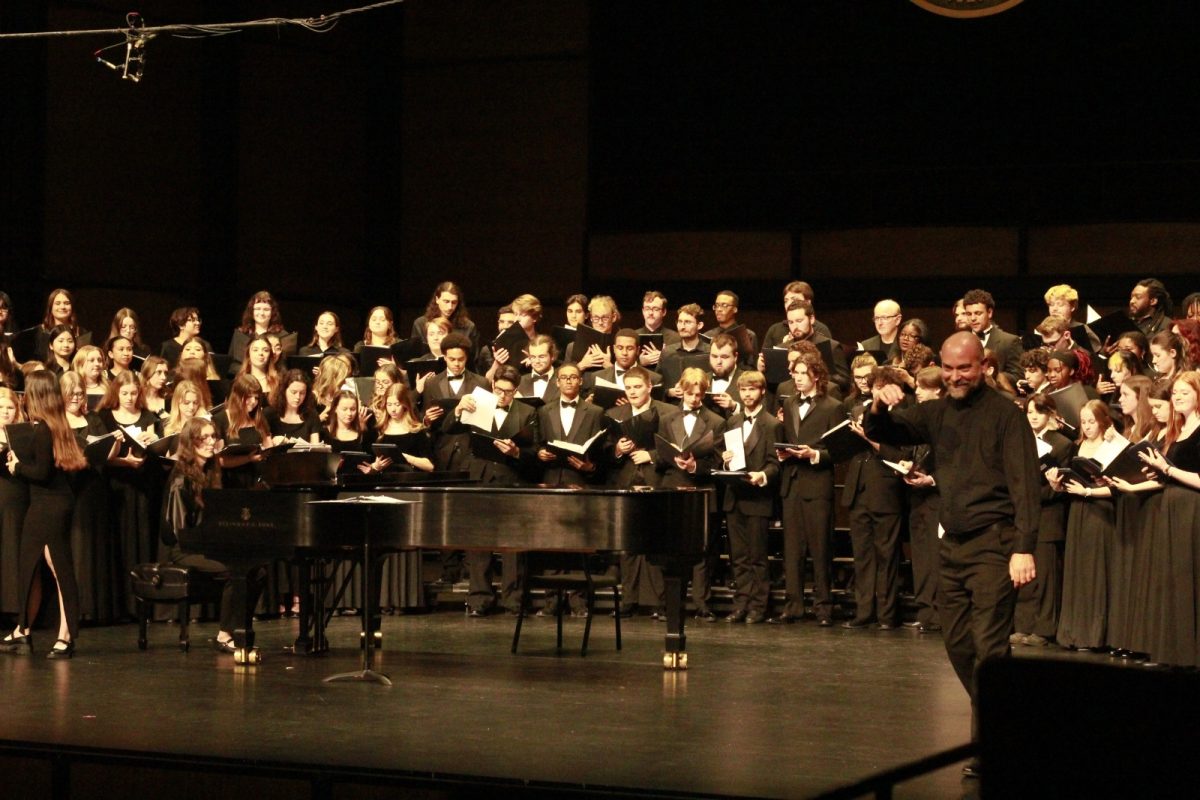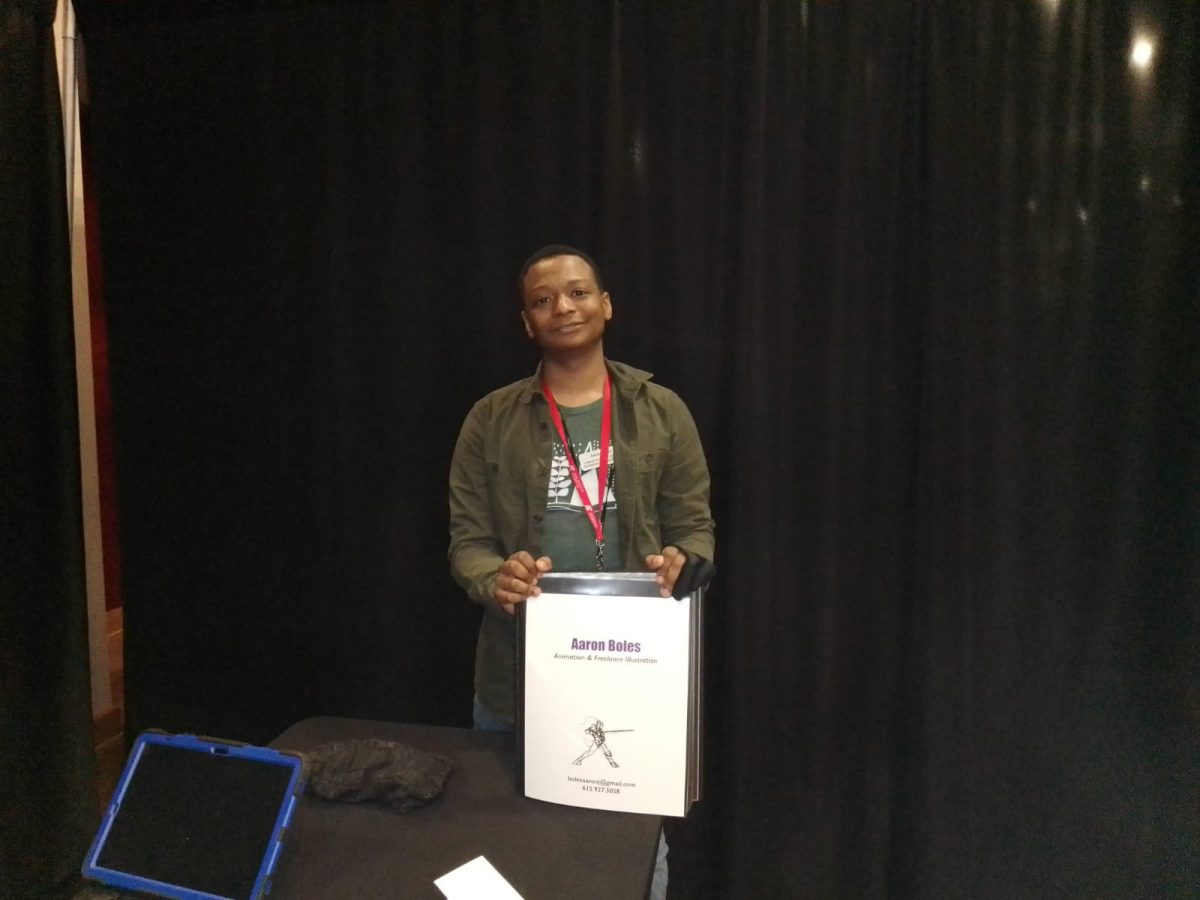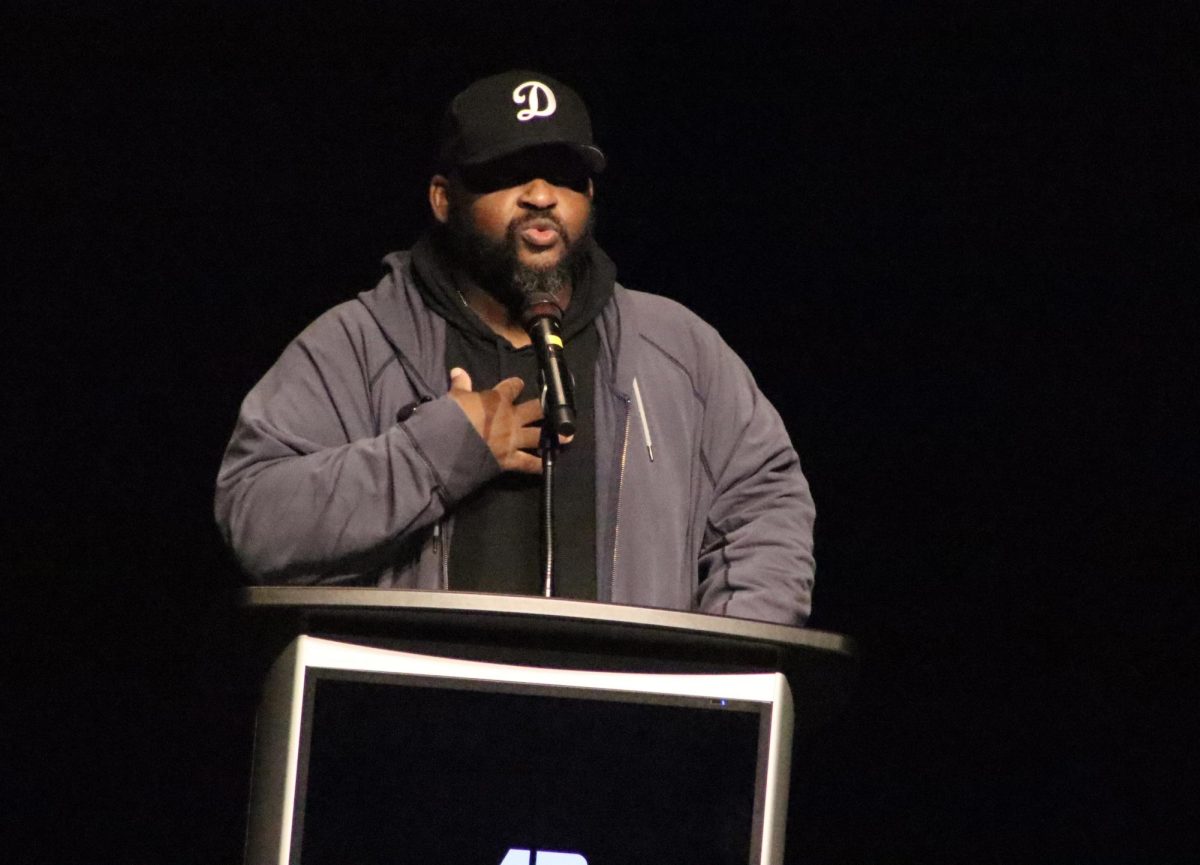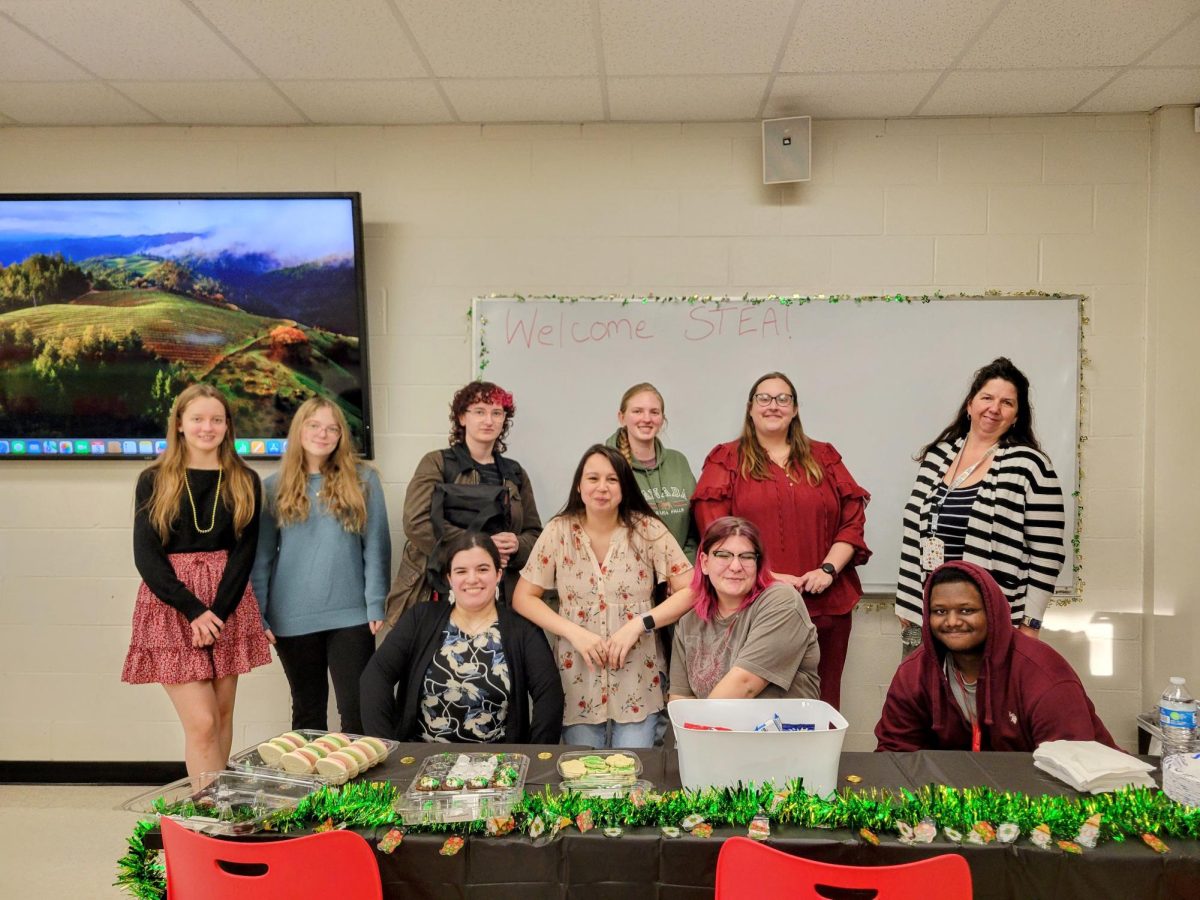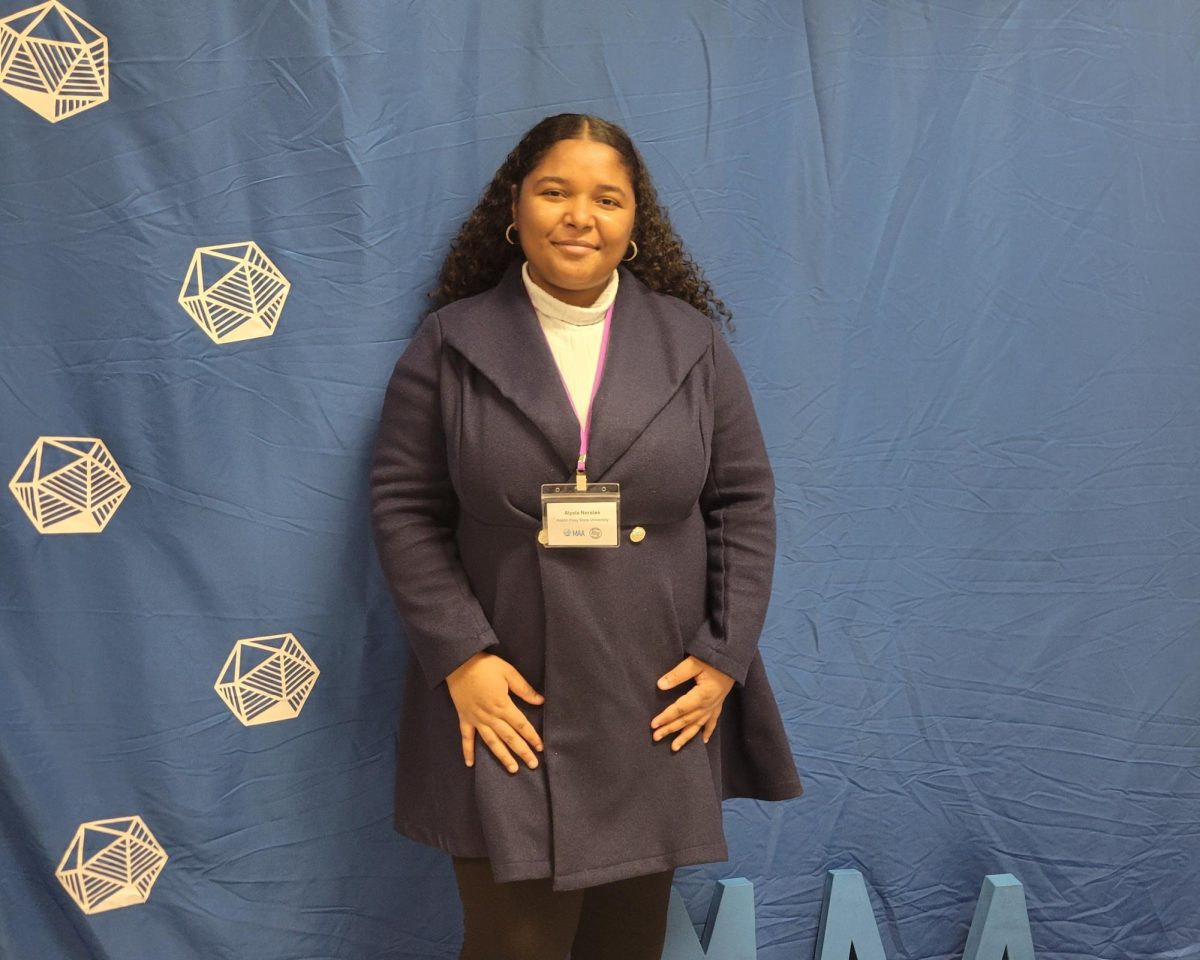Austin Peay State University hosted the 2025 Choir Fest at the Mabry Concert Hall earlier this semester. This event brought together students from high school to graduate level for a night of harmony. Often overlooked in school curriculums, music is a fundamental human experience that deserves more respect.
Introducing music education to students early can enhance their cognitive development, encourage creativity, build social and emotional skills and preserve culture and history.
A New Way to Learn
The Children’s Music Workshop reports links between music education and language development and that attaching a melody to new information can support young minds (Brown, 2012). A great example is “The ABC Song,” which has been an effective tool in teaching the English alphabet since the 1800s.
In 2017, University College London experimented to study music’s effects on mathematics. The research showed links between musical engagement and improved mathematical learning, suggesting that music could boost skills in subjects far beyond the arts (UCL, 2017).
Preserving Cultural and Historical Awareness
Familiarizing students with different music genres and styles can foster a deeper appreciation for cultural diversity. One way music preserves culture is through oral traditions. Songs are passed through generations, carrying the values, joys and hardships experienced.
The Choir Fest’s second-ever performance of Stacey Gibb’s composition “My Lord, What A Morning” perfectly exemplifies this. Gibb’s piece, composed specifically for APSU, is a rendition of a song originally sung by Marian Anderson, an American contralto who often performed songs from a genre known as spiritual. Spirituals, a subgenre of Christian Folk music, originated in African American communities during slavery, communicating messages of hope, resistance and faith.
These songs delivered solace for enslaved people during times of hardship. These songs also convey hidden meanings, such as directions for escape, an example being “Follow the Drinking Gourd,” where the “drinking gourd” is code for the Big Dipper star pattern, the point of reference for runaways not to get lost as they escape up North.
Through performances like Choir Fest, audience members are introduced to the beauty of spiritual music and allowed to engage with the history.
Encouraging Creativity and Self-Expression
Art is the purest form of human expression. The act of performing music breathes life into composed pieces, making the invisible visual and the unheard audible.
“Music is an aural phenomenon; if it’s not performed, it only exists as notes on a page,” said APSU music professor Korre Foster.
This phenomenon is a powerful realization for students—their interpretations and emotions can move themselves and those around them. Music education provides the foundation for creating such experiences; deeper knowledge can further expand their creative horizons.
“If you’re exposed to two authors, that’s all you know. Being exposed to more styles increases your bandwidth of expression,” Foster said.
Foster referenced music educator Edwin Gordon’s study, “The Source of Musical Aptitude,” where Gordon found that age nine is the most critical time to begin learning music since this is the age when children are most open to absorbing creative skills.
Unfortunately, music is often not considered a serious academic subject until students reach high school. This delay limits opportunities for early creative development.
Nevertheless, educators like Foster are committed to nurturing students regardless of prior experience. In introducing “My Lord, What A Morning” at the Choir Fest, Foster explained that he and Gibbs deliberately chose to include polyphony in the arrangement to raise the difficulty of performing the piece.
Polyphony is a musical technique in which two or more independent melodic lines play simultaneously. This technique requires sharp coordination to create a rich, complex texture. A well-known example of polyphony is at the 2-minute 42-second mark of the 2021 hit song “We Don’t Talk About Bruno“ from Disney’s “Encanto,” where multiple characters sing different lines.
Now that students have experience with polyphony, they can use it as a tool for self-expression, opening up a wide array of new ways to convey their thoughts and emotions.
Building Social and Emotional Skills
Many students participate in music-related extracurricular activities such as a marching band or a choir as a form of self-exploration, community and self-confidence. They also gain valuable teamwork, discipline and communication skills. The common goal of preparing a quality performance pushes students to collaborate and work together.
Erick Kellermann, a psychology major and APSU’s Governors Own Marching Band (GOMB) member, described how the experience had transformed him.
“I was where every freshman was—no sense of community or belonging,” he said. “The GOMB gave that to me.”
These musical groups also provide an emotional outlet, relieving stress and anxiety while boosting self-confidence. For Kellermann, the band was a second family.
“I’ve seen people at all their lows and highs, and they have seen mine. Without a marching band, I wouldn’t be who I am. I’d still be reclusive and quiet,” said Kellermann.
Kellermann believes music education is crucial.
“Music isn’t only a way of entertaining, an expression and an art. It can help anyone grow.” He said to those who underestimate its value, “The fine arts symbolize prosperity and peace. We don’t have to learn and prepare for war—we should focus on enriching our children in all subjects, including the fine arts.”
Conclusion
Music education is more than just an extracurricular activity—it is vital to a well-rounded education. Integrating music into school curriculums allows students to develop cognitive skills, improve academic performance, express themselves creatively and build essential life skills. Schools should prioritize music programs starting from early education to ensure students receive the full benefits of a comprehensive education.
References:
Laura Lewis Brown, The Benefits of Music Education, PBS Kids For Parents, May 7, 2012, https://www.pbs.org/parents/thrive/the-benefits-of-music-education
Sylwia Holmes* and Susan Hallam, The impact of participation in music on learning mathematics, UCL Institute of Education, University College London, November 2017, https://files.eric.ed.gov/fulltext/EJ1163197.pdf

